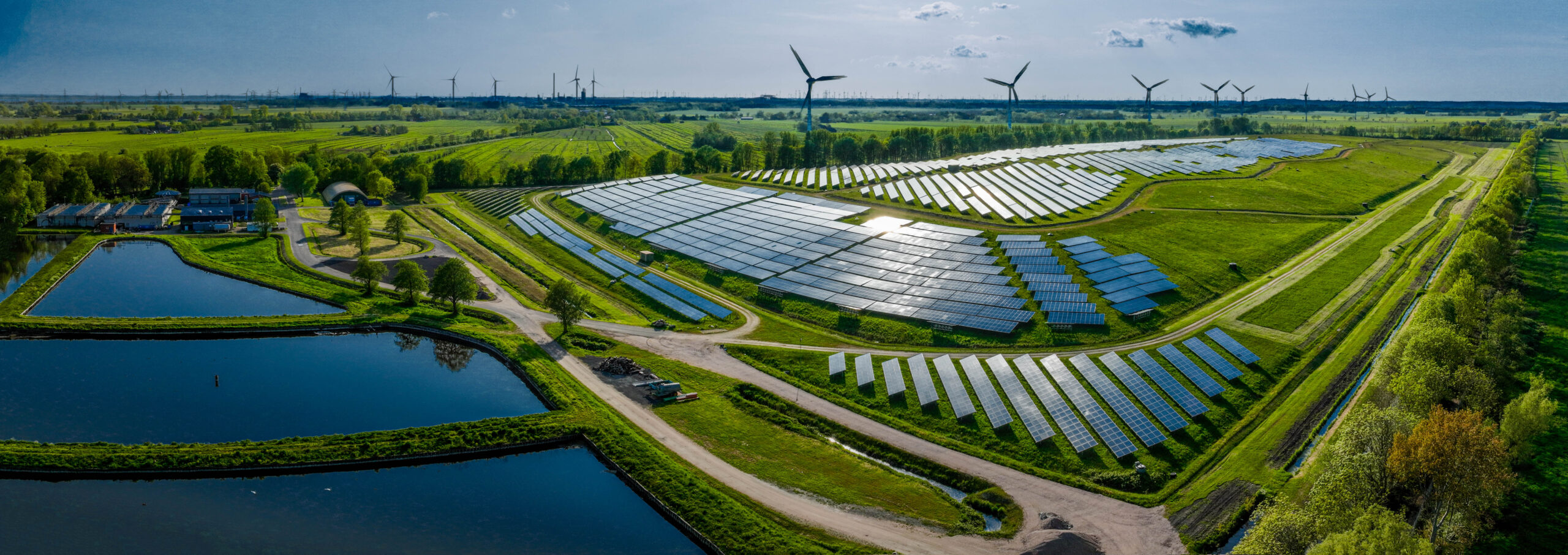The International Energy Agency (IEA) projects that by the end of the decade, the world will see the addition of over 4,000 GW of solar power capacity. According to their comprehensive report, “Renewables 2024,” a total of more than 5,500 GW of new renewable energy capacity is expected to be installed between 2024 and 2030, culminating in nearly 11,000 GW of cumulative capacity.
Solar energy is anticipated to drive 80% of this growth, with utility-scale solar leading the way. However, distributed solar applications—including residential, commercial, and off-grid projects—are predicted to contribute nearly 40% of new solar capacity. The report attributes this rapid adoption to decreasing costs, streamlined permitting processes, and increasing social acceptance. Additionally, favorable policies and cost savings are encouraging residential and commercial consumers to invest in solar to lower their energy bills.
The IEA forecasts that global renewable capacity additions will keep rising annually, reaching almost 940 GW by 2030.
China is set to dominate the global renewables landscape, accounting for 60% of the anticipated capacity growth. Meanwhile, both the European Union and the United States are expected to double their renewable expansion rates from 2024 to 2030. The EU is on track to achieve its goal of 600 GW of solar by the decade’s end.
India is experiencing the fastest growth in renewables among large economies, spurred by increased auctions, new rooftop solar support schemes, and improved financial conditions.
However, the report highlights that many emerging and developing economies have yet to tap into their renewable potential due to challenges like high financing costs and weak grid infrastructure. To unlock this capacity, the IEA suggests that stable policy frameworks with clear long-term targets are essential. In regions with excess fossil fuel capacity, renegotiating long-term contracts could accelerate the transition away from fossil fuels.
While the projected growth falls short of the COP28 target to triple global renewable capacity this decade, representing a 2.7-fold increase, the IEA believes that meeting this target is feasible if governments act decisively. The agency urges countries to enhance their ambitions in the upcoming round of Nationally Determined Contributions (NDCs) due in 2025. Currently, only 14 nations have specific renewable targets in their NDCs, yet nearly 70 countries—accounting for 80% of global renewable capacity—are poised to meet or exceed their current goals by 2030.
“This report illustrates how the growth of renewables, particularly solar, will reshape electricity systems worldwide in the coming decade,” remarked IEA Executive Director Fatih Birol. He emphasized that the acceleration of renewables is driven not only by emissions reduction and energy security but also because renewables are now the most cost-effective option for new power generation in nearly all countries.

